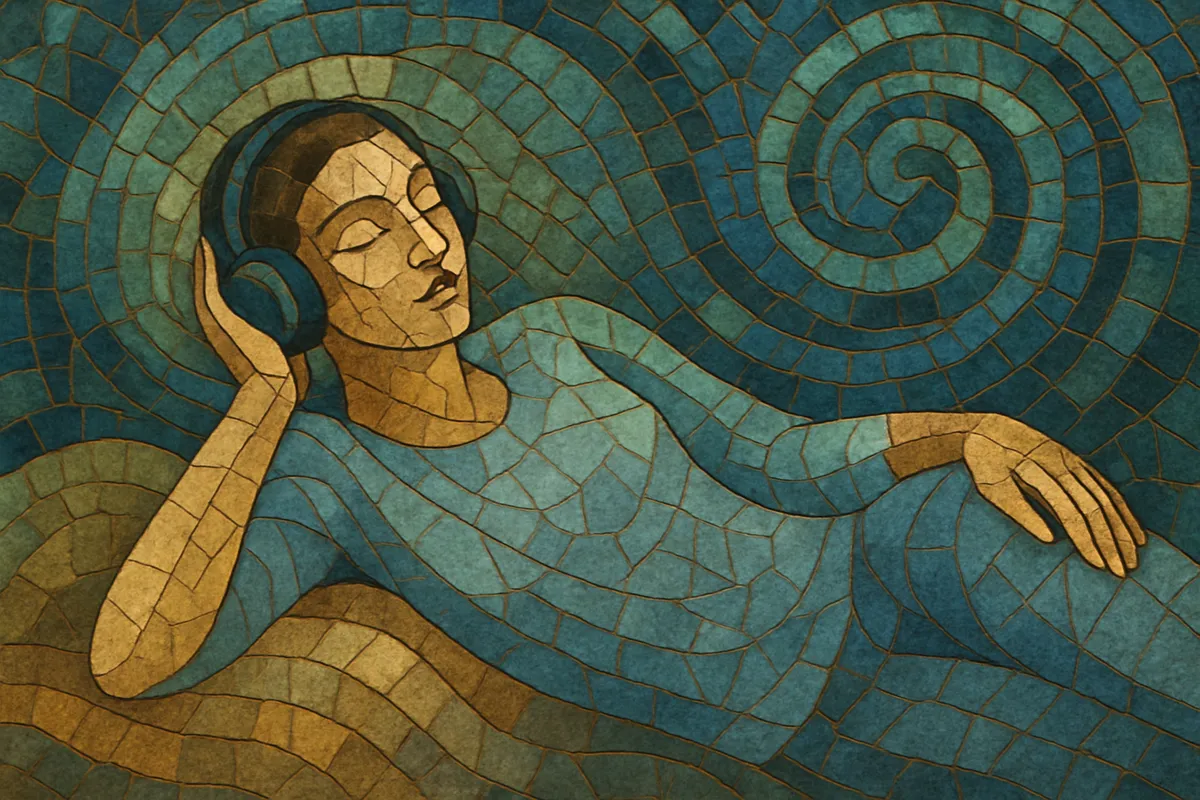Chillout is a broad, downtempo-oriented style of electronic music designed for relaxation, decompression, and after-hours listening. It emphasizes spacious atmospheres, gentle grooves, and warm timbres over intensity or virtuosity.
Emerging from the “chill-out rooms” of UK and Ibiza clubs, the sound blends ambient pads, soft 4/4 or broken-beat rhythms, and melodic fragments drawn from lounge, jazz, bossa nova, and Balearic traditions. Typical tempos range from about 70–110 BPM, with extended chords, subtle basslines, and abundant reverb and delay to create a sense of depth and calm.
Though often used as an umbrella for related styles (ambient, downtempo, trip hop, lounge), chillout retains a distinct focus on mood: it privileges texture, space, and gentle momentum, making it a staple for late-night sets, beach bars, and home listening alike.
Chillout coalesced around the “chill-out rooms” that accompanied high-energy rave and club nights in the United Kingdom, with strong ties to Ibiza’s Balearic scene. In these spaces, DJs played slower, beat-light records to let dancers unwind. Key catalysts included ambient and ambient house (Brian Eno’s legacy, The KLF’s album “Chill Out” in 1990, and The Orb’s expansive ambient works). Ibiza compilations—especially José Padilla’s Café del Mar series (beginning in 1994)—codified a sun-bleached, Balearic-tinged palette that spread globally.
By the late 1990s, chillout was synonymous with a refined blend of downtempo, lounge, and trip hop aesthetics. Acts like Air, Zero 7, Thievery Corporation, and Groove Armada brought jazz harmonies, live instrumentation, and tasteful sampling into the mix. The sound’s ubiquity on compilation CDs, hotel lobbies, beach venues, and radio helped move it from niche club utility to mainstream lifestyle music.
Streaming platforms and playlist culture reinvigorated chillout as a mood-based category. Producers integrated contemporary sound design and cross-pollinated with lo-fi hip hop, organic house, and tropical house, while substyles such as chillstep, chillwave, and chillsynth developed their own communities. Today, chillout remains a flexible, global vocabulary for relaxed electronic music, equally at home in boutique lounges, relaxation apps, and longform listening.


